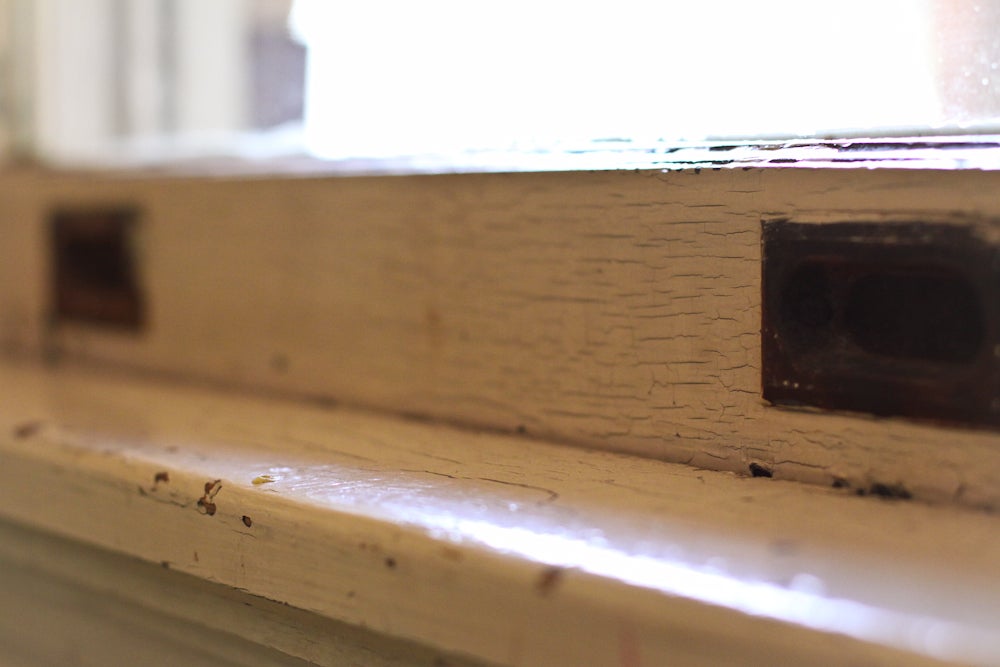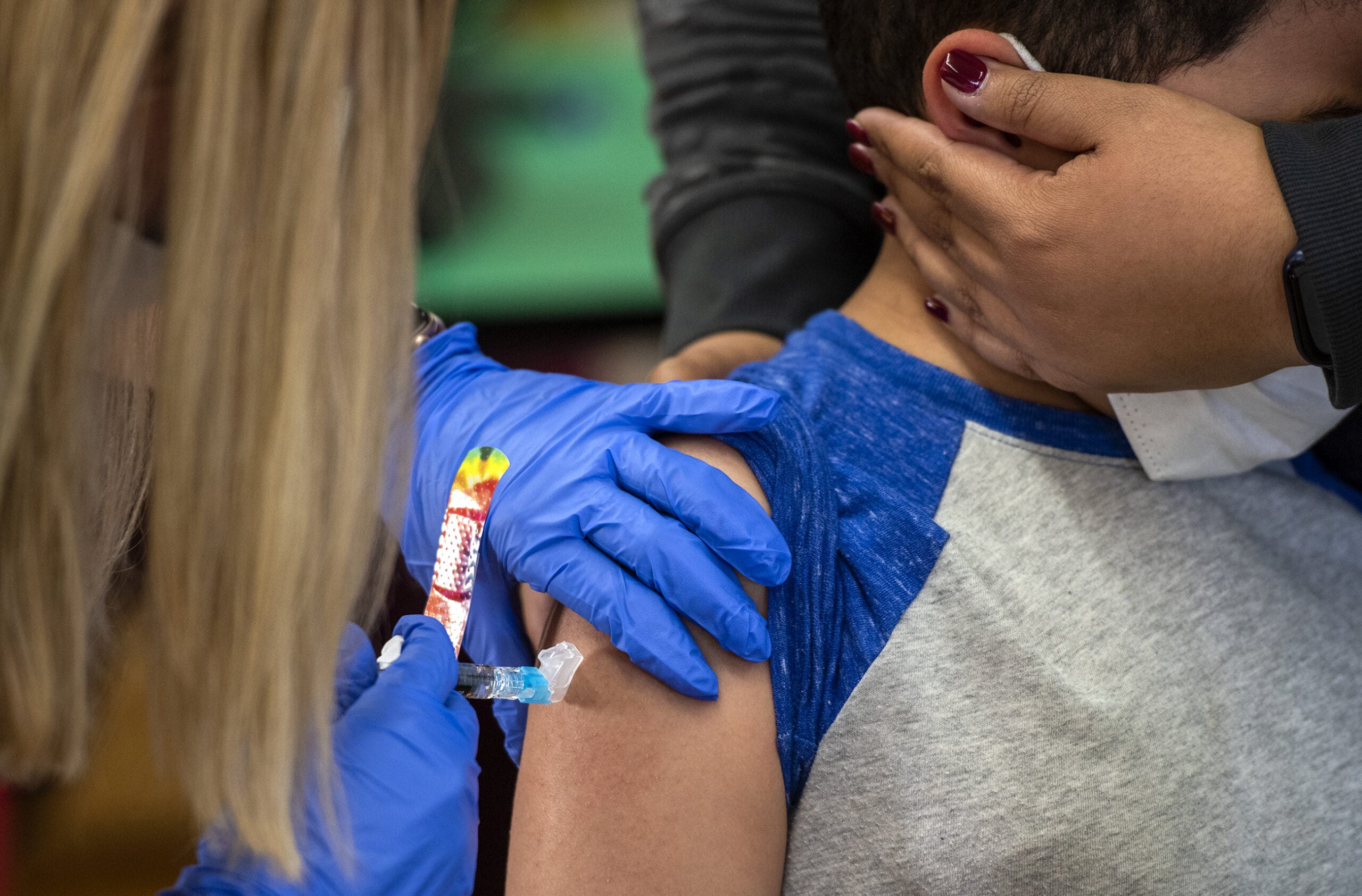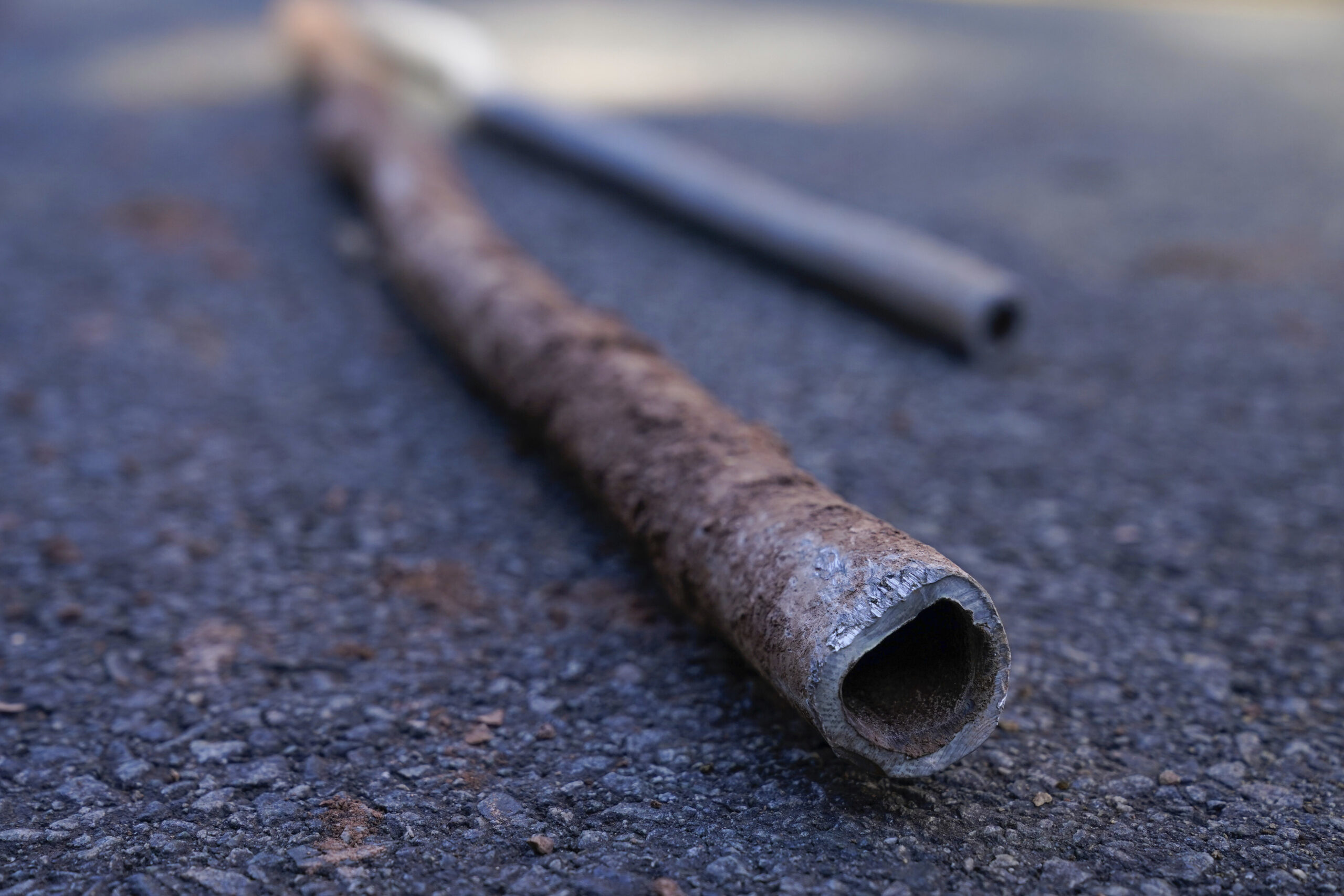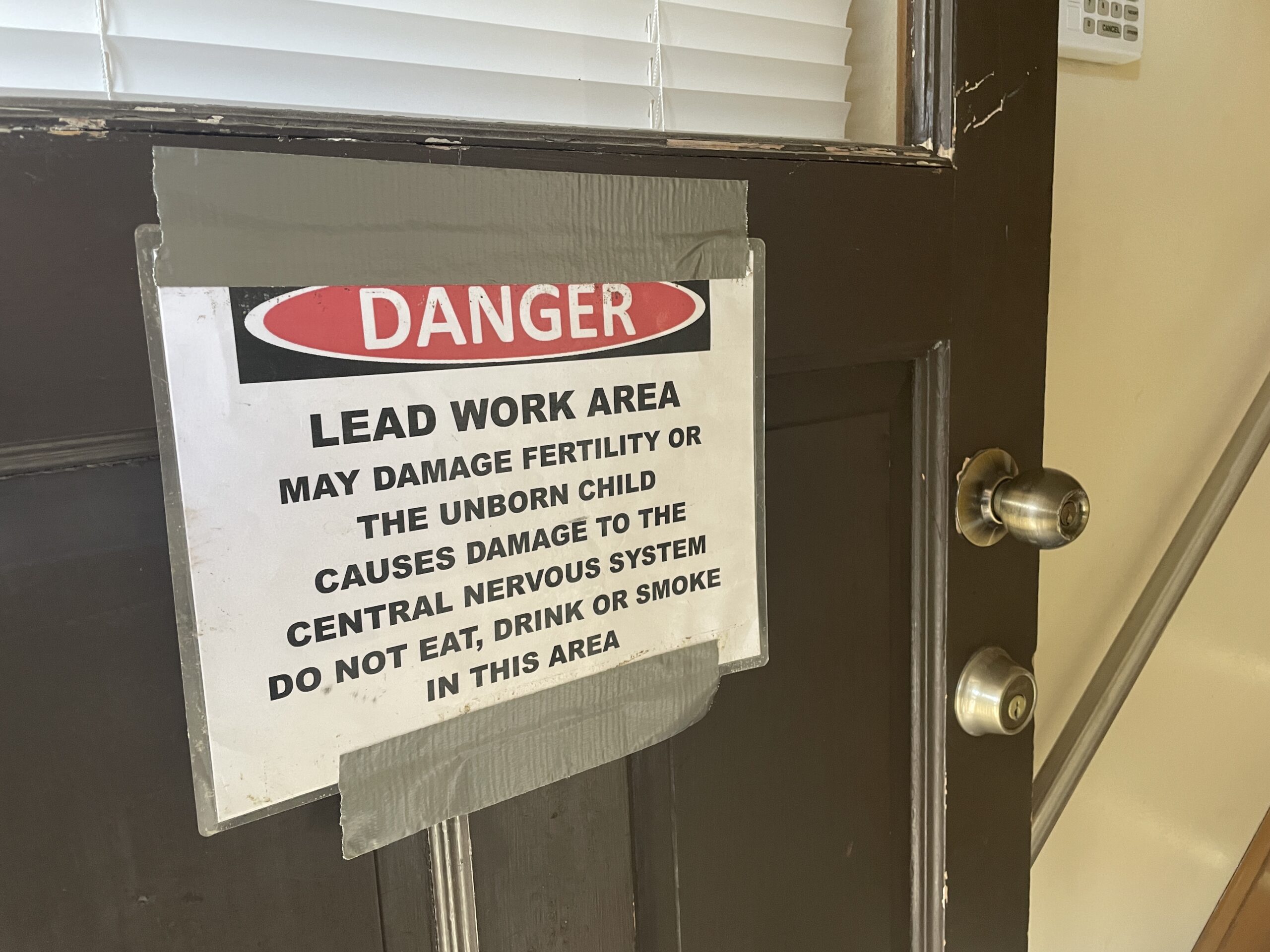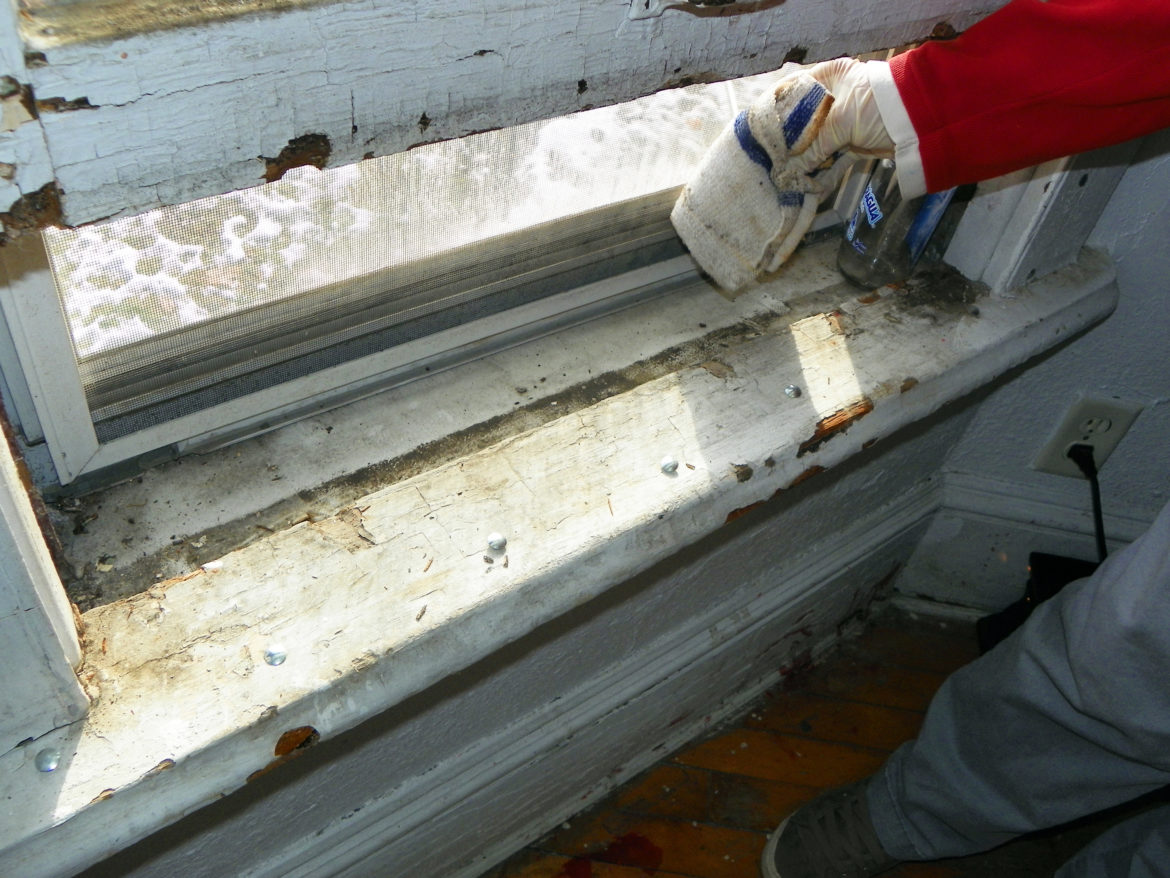An analysis released this week by the Wisconsin Council on Children and Families shows that while Wisconsin’s rate of lead poisoning among children last year was lower than in recent years, it was nearly as high that of Flint, Michigan, where lead contamination beginning in 2014 caused a large-scale drinking water crisis.
The analysis, Lead and Wisconsin’s Children, includes data from the Wisconsin Department of Health Services that shows 4.6 percent of children under the age of 6 who were tested in 2015 had lead poisoning. Flint’s rate was 4.9 percent.
Leland Pan, author of the analysis and graduate student at the University of Wisconsin-Madison, said the rate of lead poisoning among children in the state is a serious issue because it can negatively affect a child’s development.
News with a little more humanity
WPR’s “Wisconsin Today” newsletter keeps you connected to the state you love without feeling overwhelmed. No paywall. No agenda. No corporate filter.
“Lead poisoning is correlated with increased rates of learning disabilities, intellectual disabilities, it hampers with brain development, it’s correlated with increased aggression and juvenile incarceration,” Pan said.
Wisconsin has many old homes that are still coated in lead-based paint, according to the analysis. That paint is decaying and creating dust with lead that children can inhale. The state also has at least 176,000 lead service lines that carry drinking water to homes and businesses. Milwaukee uses 70,000 of those service lines.
Milwaukee’s rate of lead poisoning among children is even higher than the state’s average. Of all the children under 6 years old living in Milwaukee who were tested, 8.6 percent had high levels of lead in their blood, according to the analysis.
A disproportionate number of African-American children living in Wisconsin were also diagnosed with lead poisoning. The analysis referenced 2014 data from the Wisconsin DHS that showed 10 percent of the 16,221 black children under 6 who were tested had lead poisoning. Out of the 27,984 white children who were tested, only 2.9 percent had high blood lead levels.
The Wisconsin Department of Natural Resources has allocated $14.5 million dollars this fiscal year to help fund the replacement of lead service lines in 38 municipalities. Pan said that amount isn’t enough, as replacing Milwaukee’s lines are estimated to cost up to $756 million alone.
The Wisconsin DHS stated in their 2014 Report on Childhood Lead Poisoning in Wisconsin that if lead poisoning in children was completely eliminated, the state would save $7 billion in costs for medical treatments, special education, and crime and juvenile delinquency. The report also stated there would be an estimated $21 billion in new earnings because of increased high school graduation rates and lifetime ability to earn.
The new WCCF report provides recommendations for prevention, such as increased state supporting for public health departments and providing funding to restore accountability initiatives to increase the number of children tested for lead.
The Wisconsin Department of Human Services classifies a blood lead level of 5 micrograms per deciliter as poisoned.
Wisconsin Public Radio, © Copyright 2025, Board of Regents of the University of Wisconsin System and Wisconsin Educational Communications Board.

